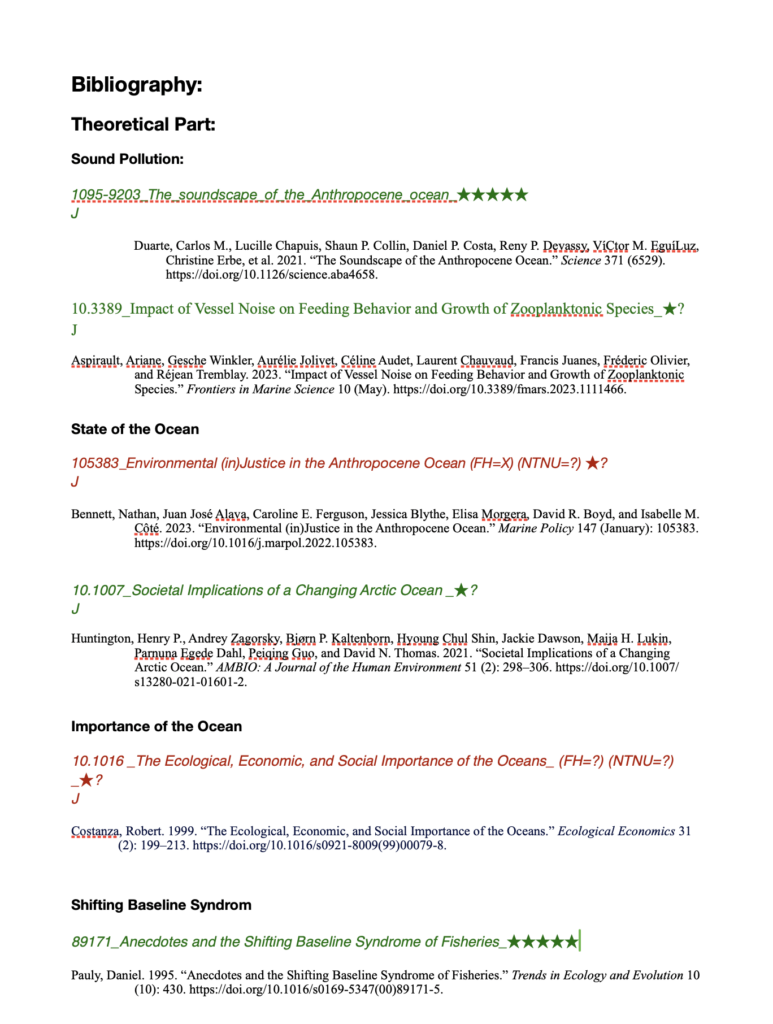For this impulse, I decided to research some VR-experiences, as I myself did not (yet) have the possibility to experience many VR-related performances, festivals, movies etc, seeing as I mostly came in contact with VR-games and building VR-environments at work.
Thus, in order to get a better feeling of what the world of performing arts makes out of the possibility to extend performative spaces. I, myself, have seen an exhibition so far, but I found a blog series that describes examples of the usage of VR in a theatric/performance environment, one of which I would like to share in this impulse.
The first blog post I read was a play that happened simultaneously in the real world and a VR-environment. The actors were wearing VR-headsets while physically standing in the same room as their audience within a classic stage setting. At the same time, there was a virtual audience group that experienced the virtual play via High Fidelity (a VR platform). Within the virtual world, there was a projection of the real world and vice versa. This allowed for the creators of the play to sort of merge the real and virtual worlds and providing the audience with two different sets of the story.
I thought this was rather interesting, the author of the blog post describes it as a prototype of a new form of theater. I agree with her, based on the pictures of the performance, on the fact that this is an approach that still needs tweaking as the physical VR-equipment doesn’t (yet) allow for a live performance that is as emotional, intimate or intense as a „traditional“ play, and furthermore, the lip synchronization of the avatars was not yet on point. So, there is room for improvement, but I agree with the author that this is an interesting approach to experiencing theater and opening the theater space for a virtual audience.
Further interest
https://vrgeschichten.de/loveseat
https://www.artbasel.com/news/virtual-reality-technology-and-art
https://artsartistsartwork.com/virtual-reality-and-the-future-of-art-exhibitions/






